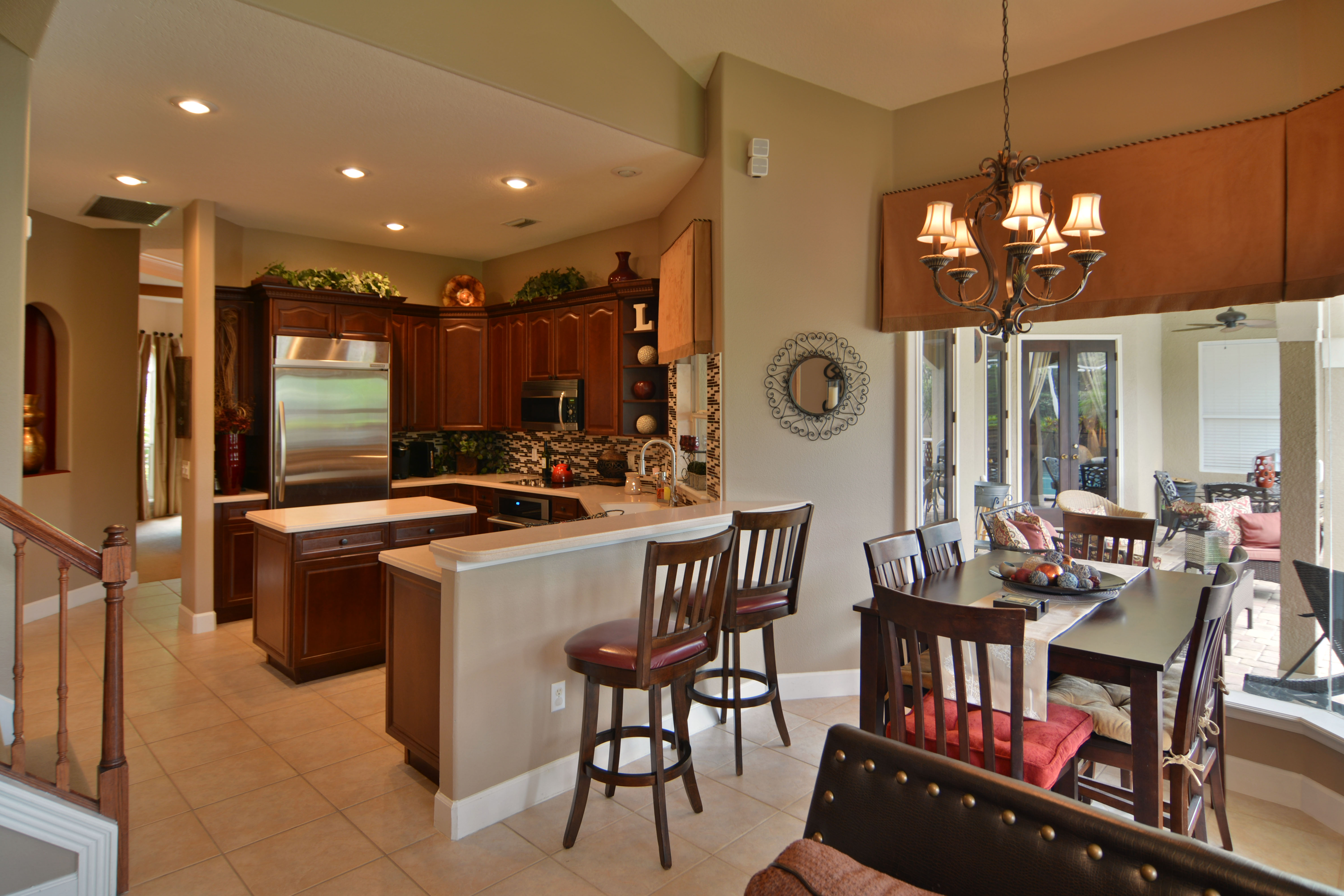Believe it or not, one of the most time-consuming parts of my job is to edit the listing photos. You may think that after I download the photos, all I need to do is select the best, making a few tweaks here and there. Oh, if it were only so simple!
Photo editing can be quite time-consuming. In general, I find the time I spend editing is at least equal to the time I spend in the field. You may be curious about what’s involved in the editing, and I’m happy to share.
Distortion Correction – I use a wide-angle lens, and when I take an image that’s fairly wide, I’m going to get some distortion. Have you ever seen photos of kitchen cabinets where they look like they are bowing backwards? Or a skewed door or window frame? That’s distortion. Almost all interior shots need distortion correction.
Continue reading Behind the Scenes – Photo Editing

